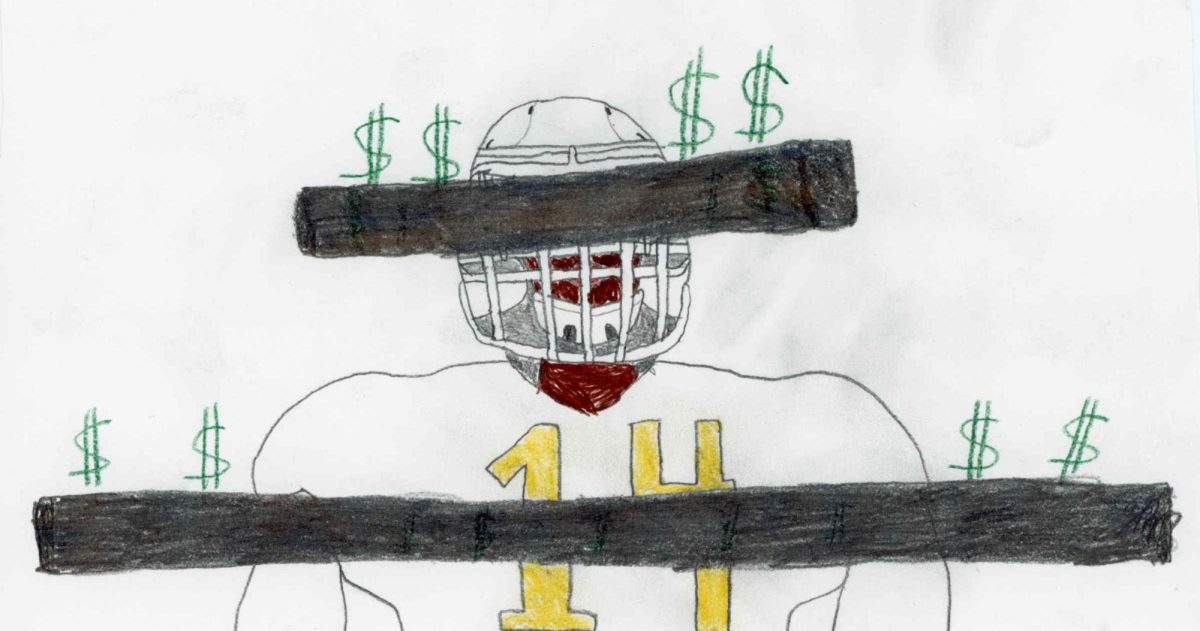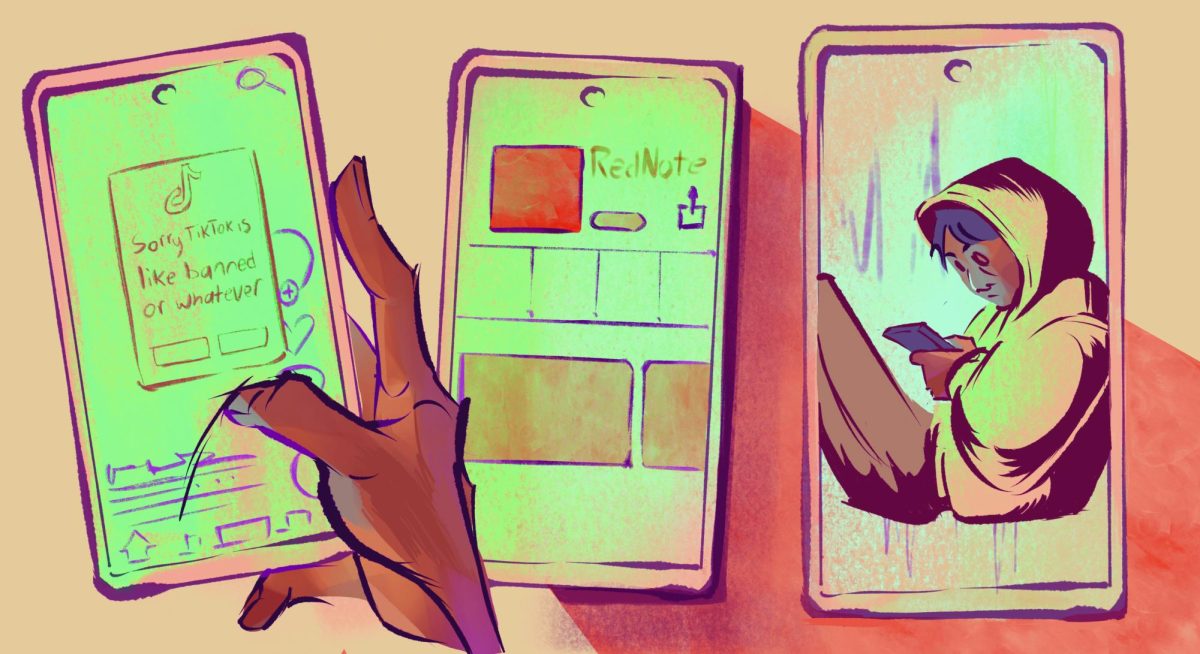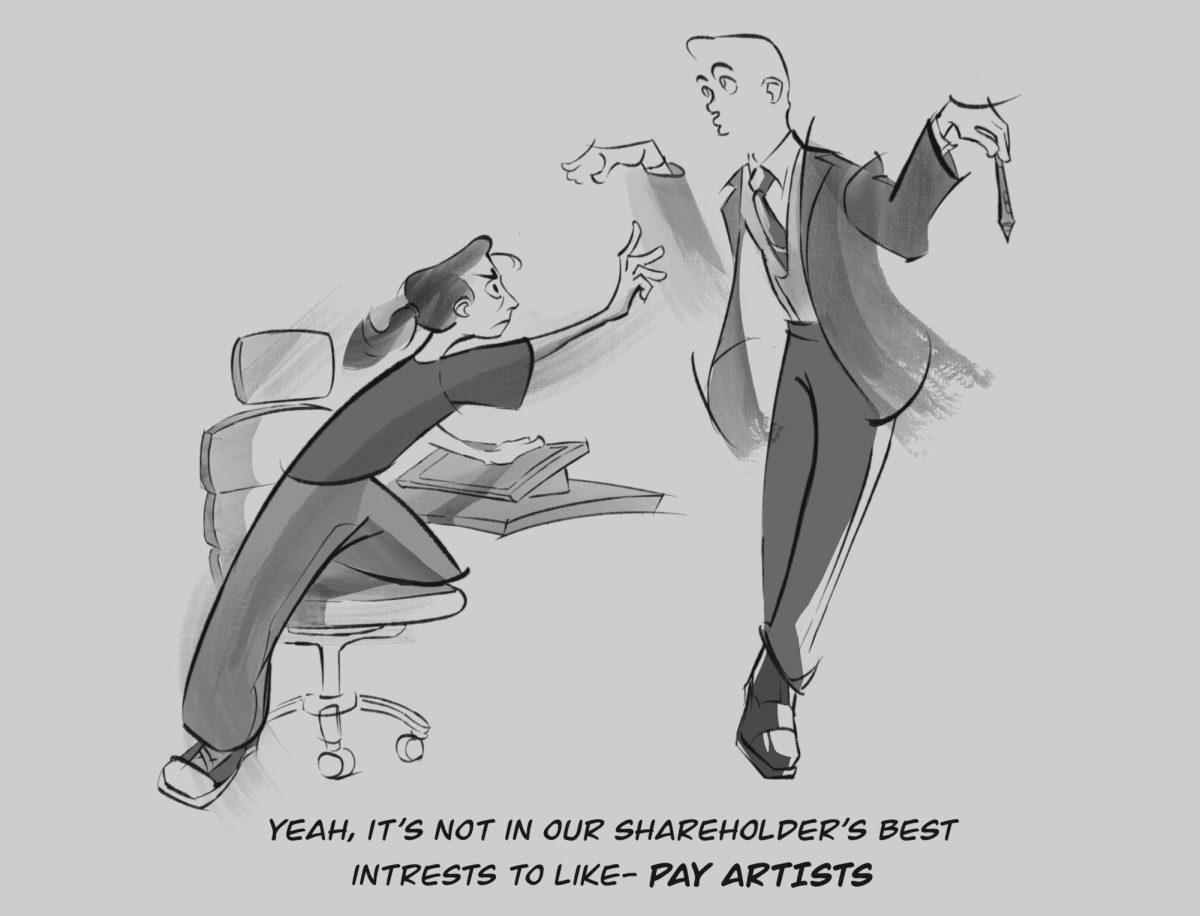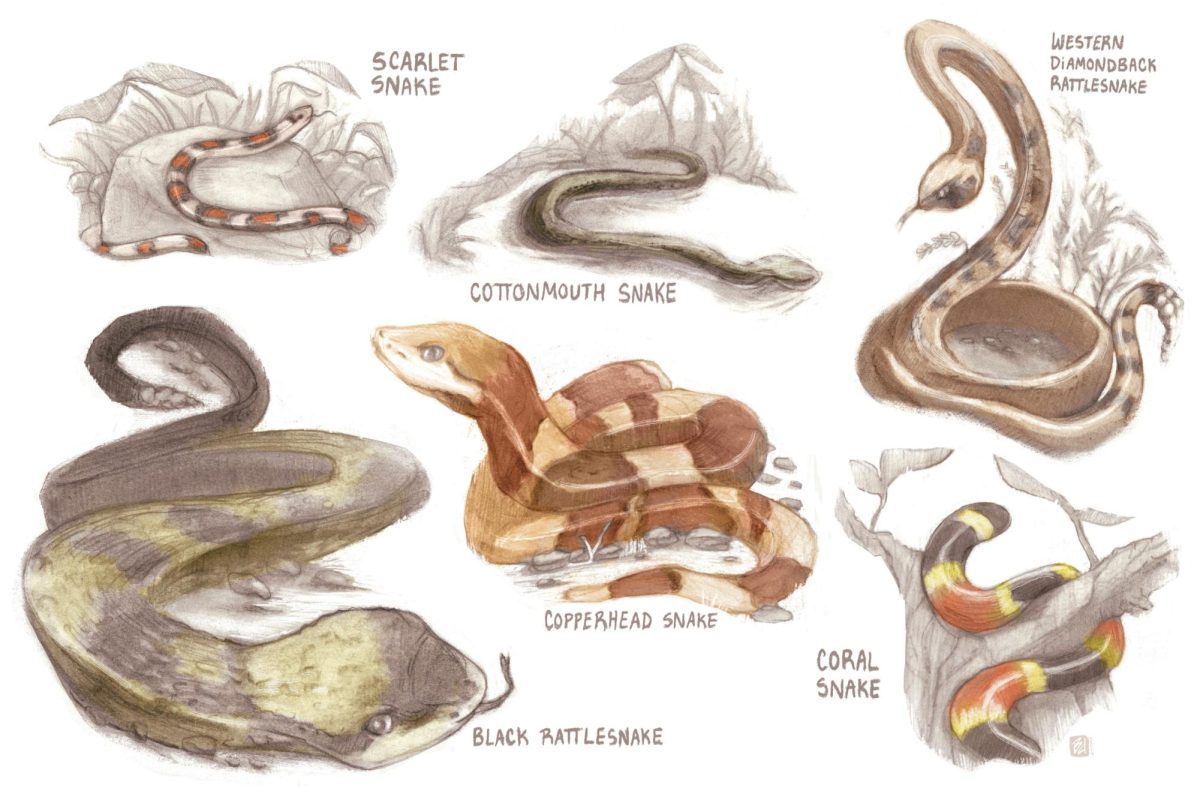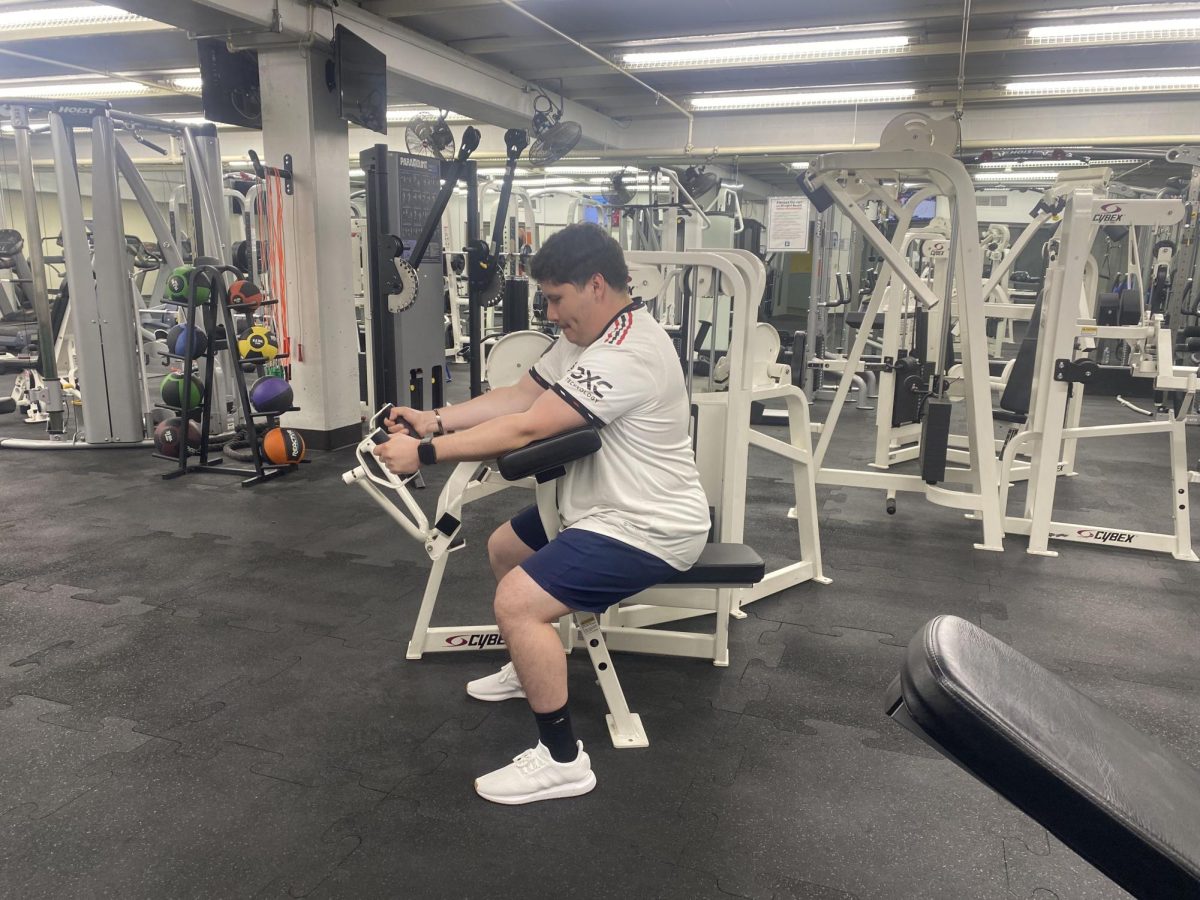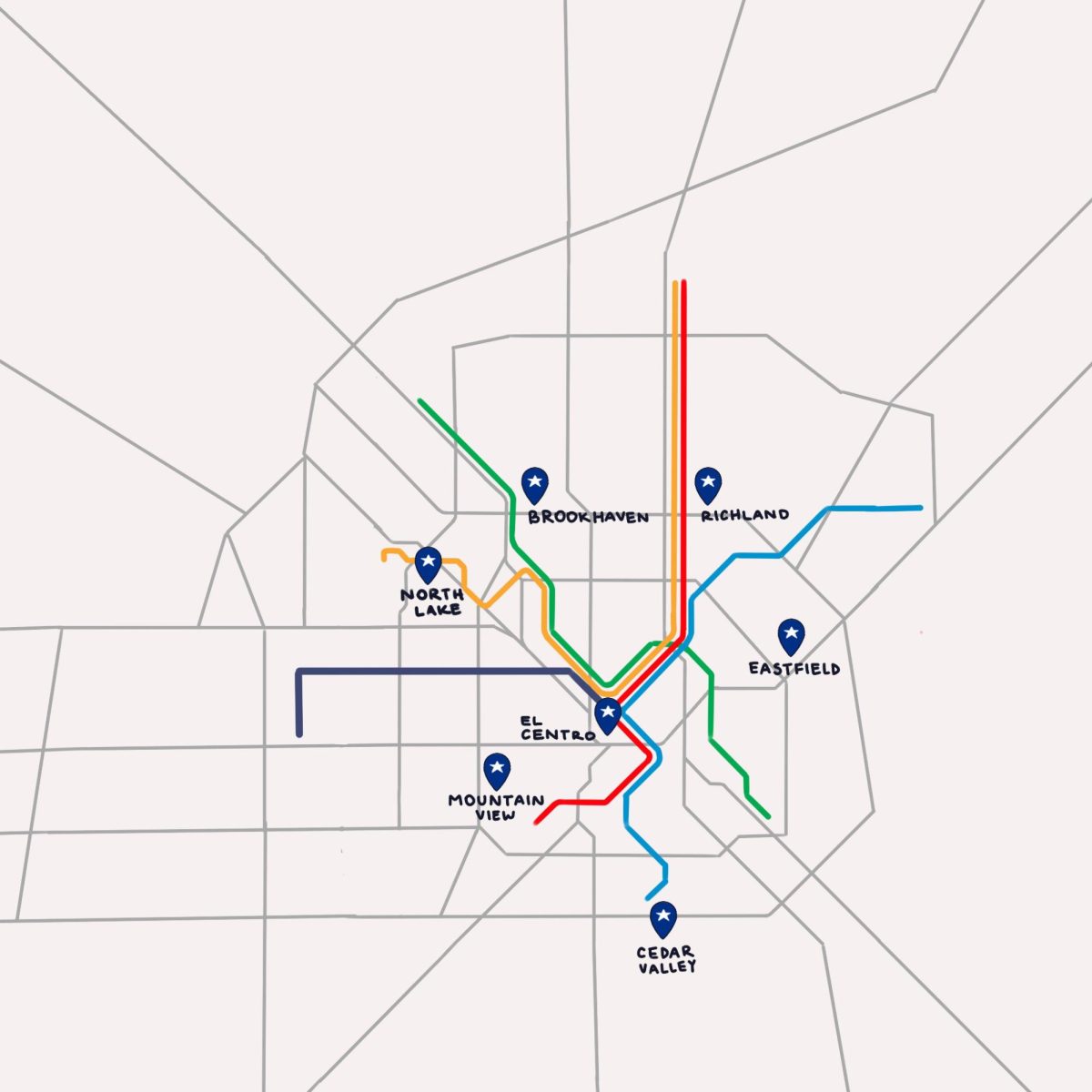Many up-and-coming college athletes are in commercials and advertisements for big named products. This begs the question – should college players be paid for the use of their name, image and likeness, also known as NILs?
In 2021, the National Collegiate Athletic Association Division 1 board of directors allowed college athletes nationwide to profit from their own name, image and likeness regardless of gender, sport or level.
While many may say, “These athletes are still children and should not be getting paid,” this should not limit someone from being compensated for the use of their image. These superstar players have attracted more eyes to be seen in the landscape of college sports, whether it be the kids of established professional athletes or players having record breaking seasons such as Bronny James, Caitlin Clark and Olivia Dunn.
I have always loved keeping up with college sports. Being able to see the next generation of stars is exciting for anyone who loves sports.
I remember playing the video game NCAA Football 14 as a kid and seeing why the cancellation of the series occurred made sense. With a video game company as big and well known as EA Sports, not having to pay for using player’ likenesses seemed unfair to the players being used in the game. This, along with the fact that the game sold 1.5 million copies and generated $125 million for EA Sports, according to an article written by Kristi Dosh and published by Business of College Sports.
It should come as no surprise that athletes featured in the game became upset from the lack of compensation.
A reasonable argument can be made that these players are bringing in millions of dollars for television networks, corporate sponsors and the universities. In an article by Dan Wolken of USA Today, he wrote, “It is difficult for any fair-minded American to look at the vast amounts of money flowing into college sports and not see hypocrisy in its reliance on an unpaid labor force.”
With many college athletes wanting a career in professional sports, this is a preview of how the real world works once they reach a professional level. Since many professional athletes sign deals and gain endorsements, getting these deals when in college makes little difference from getting them your rookie year in the pros.
NILs also give college women athletes the chance to be compensated for their hard work and media or public attention. The rise of athletes such as Caitlyn Clark has prompted many viewers to watch the Big Ten women’s basketball tournament in 2024. Being one of the most talked about college athletes prompted her to gain endorsements from companies such as Gatorade, Nike and State Farm.
Over her senior season, Clark accumulated over $3.1 million in NILs, which, compared to her rookie first overall pick Women’s National Basketball Association contract, will pay her $338,056 over four years.
This has been viewed as a major reason to allow NILs, as they give college women more opportunities to grow and expand their brand. Compare this with last year’s men’s National Basketball Association’s first overall pick, Victor Wembanyama, who signed a four-year $55.2 million contract.
In my opinion, the massive contrast in money offered to both first overall picks is ludicrous, considering Wembanyama never played any college basketball and Clark broke the NCAA Division 1 all-time leading scorer across men’s and women’s basketball.
NILs have allowed Clark to be compensated for the work she put in to accomplish a feat that lasted for more than 54 years.
In an article published by CNBC and written by Kaitlin Balasaygun, she spoke to Patrick Rishe, director of the sports business program at Washington University who said: “A lot of these women do not have the opportunities at the team sport level that their male counterparts do professionally. So, being able to monetize their brand, while they have the visibility they have in college, will hopefully set them up for several years beyond.”
While the benefits of NILs are great for the current and future college athletes, some people have brought up potential issues revolving around NILs. The main issue disputed is that athletes will lose vision of the primary purpose of college – to provide an education.
Another argument against NILs is the fear of less wealthy schools being unable to recruit top level talent. This has been brought up regarding how competitive the college sports scene has become. With help from NILs, most of the Division I schools will have the financial leverage to bring in all the talent they can. This would hinder Division II, III and HBCUs from competing and drawing views on what they offer.
For many college athletes, the dream of playing professionally is something they work hard to achieve. To take that step they must get noticed, and while not everyone can achieve that dream of playing professionally, we must allow college players to receive some amount of compensation for the hard work they put in every single day, as well as the risk of injuries they endure while playing.
Texas and 31 other states have approved of allowing NILs, my hope is for the other states to see how essential it is to pay college athletes for what they bring to us the fans and the universities they represent.

